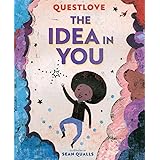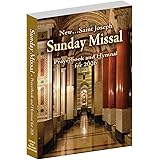The Surprising Truth About How Writing Your Life Story Forces You to Confront What You’ve Been Avoiding
Ever caught yourself wondering how some stories just stick—grabbing your attention like a magnet—while others drift off into the void? Maybe it’s not just what you say, but how aware you are of who you are as the storyteller. Recently, I stumbled into a fascinating concept at a writing retreat led by the brilliant Danny Ramadan. He introduced the idea of the “Three Bodies Problem” in personal storytelling—a quirky, yet profound way to think about the tangled selves we all carry: the present self with its hindsight wisdom, the past self rich with raw, sensory memories, and the creative writer self, eager to weave it all into a compelling tale. Balancing these three isn’t easy—kind of like juggling flaming torches while riding a unicycle—but nailing it? That’s where your stories pack a punch that readers can’t ignore. So… are you ready to peek behind the curtain of your own narrative and see how self-awareness can change your storytelling game forever? Let’s dive in.

How being more self-aware in your stories makes readers pay attention
Recently, I attended a writing retreat with a workshop led by award‑winning author Danny Ramadan. He explained a framework called the “Three Bodies Problem” for personal storytelling:
- The present self (Body 1): This is you right now. You have better clarity about events in your life because you can look at them in hindsight. With the wisdom you’ve gained over the years, you’re able to spot patterns and potential causes that you couldn’t have seen or understood while things were happening. But the present self is limited in that it can sometimes reinterpret past events in a way that distorts the memory. It can smooth out messy feelings too neatly, or assign meaning that wasn’t actually there at the time.
- The past self (Body 2): Your past self remembers more of the sensory details. It might know what the memory smelled like, how things appeared, and what you felt in that exact moment. If you’ve ever written about your childhood or a turning point in your early career, you’ll know what I mean. But the past self is also limited in that it doesn’t yet know how the moment will ripple forward. It can’t see the long-term impact its choices will have on the present you.
- The creative writer self (Body 3): This self wants to tell a good story. Life is messy and often incoherent. But the creative writer, especially when well-trained, wants to shape a story in a way that drives the point home. The limit, of course, is that in trying to make the story “work,” this self might leave out key details or experiences just because they don’t fit the narrative. Doing so can take away the raw, messy truth that often gives power to a personal story.
When you’re able to overlap these three bodies in a way that draws on each one’s strengths while minimizing their limits, that’s when your personal story resonates with readers.
Let’s break down exactly how to do this
1. Start with your raw truth (Past Self)
Begin by honestly documenting what happened. No judgment or hindsight analysis yet. Just capture the experience exactly as you…


















